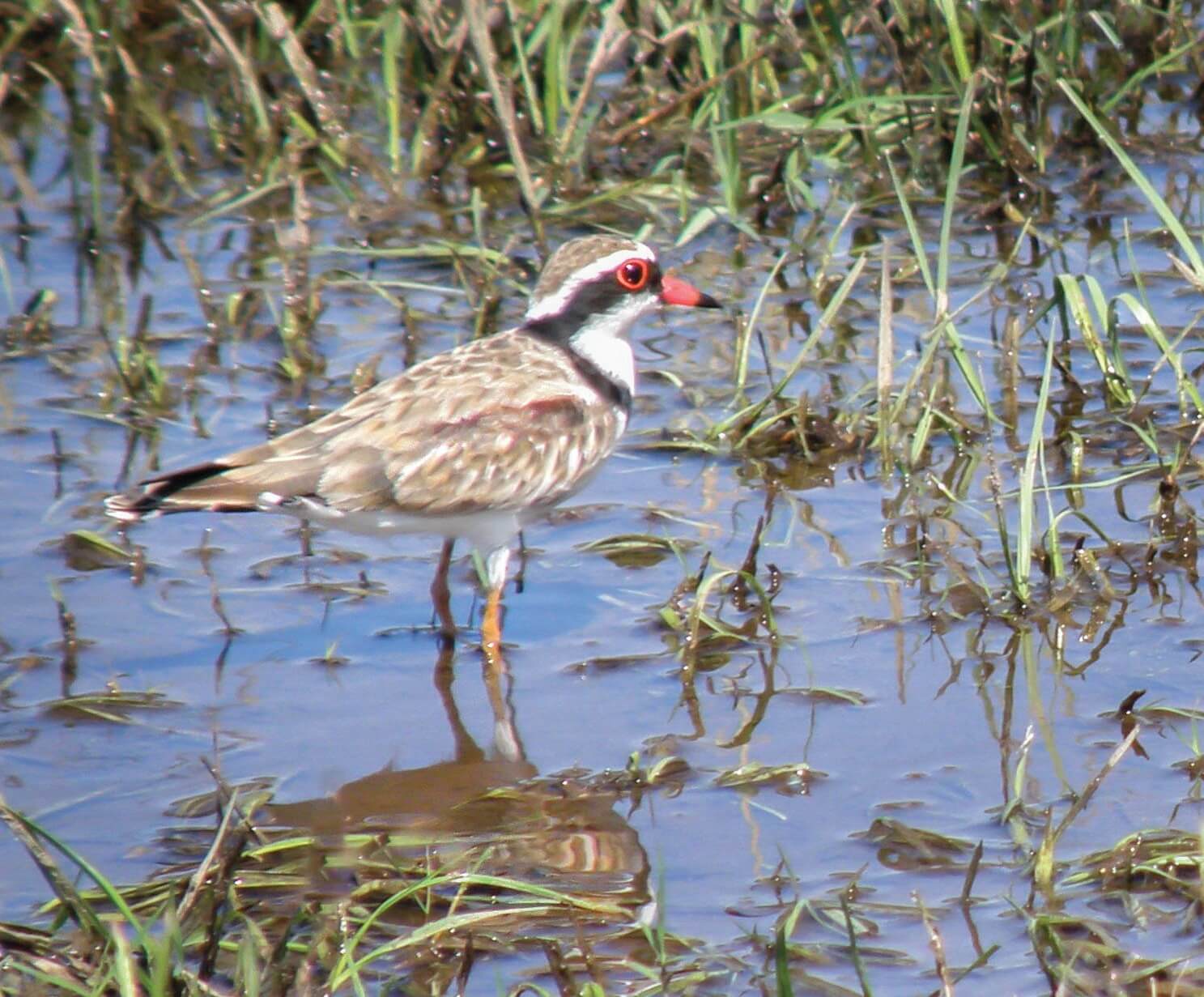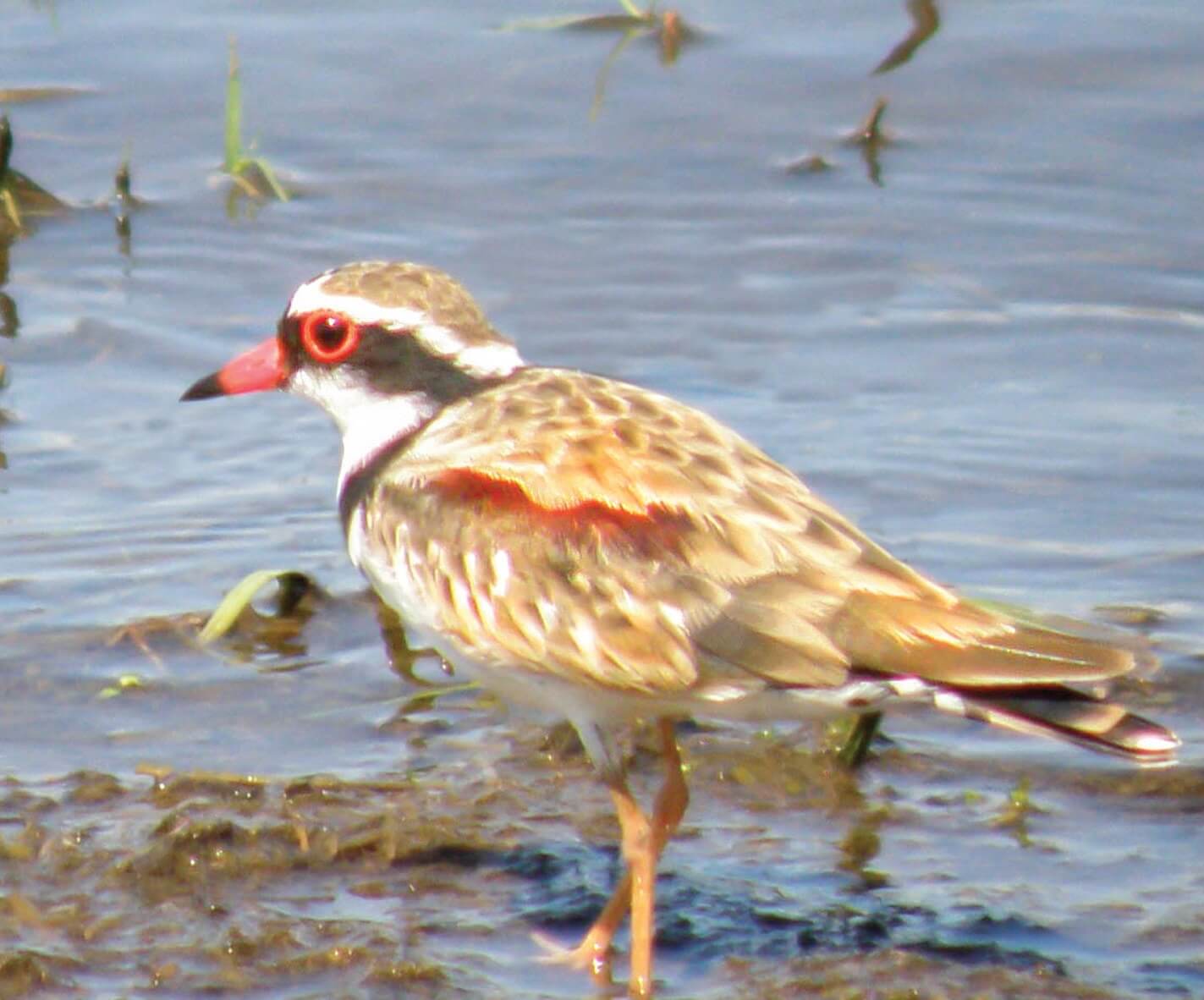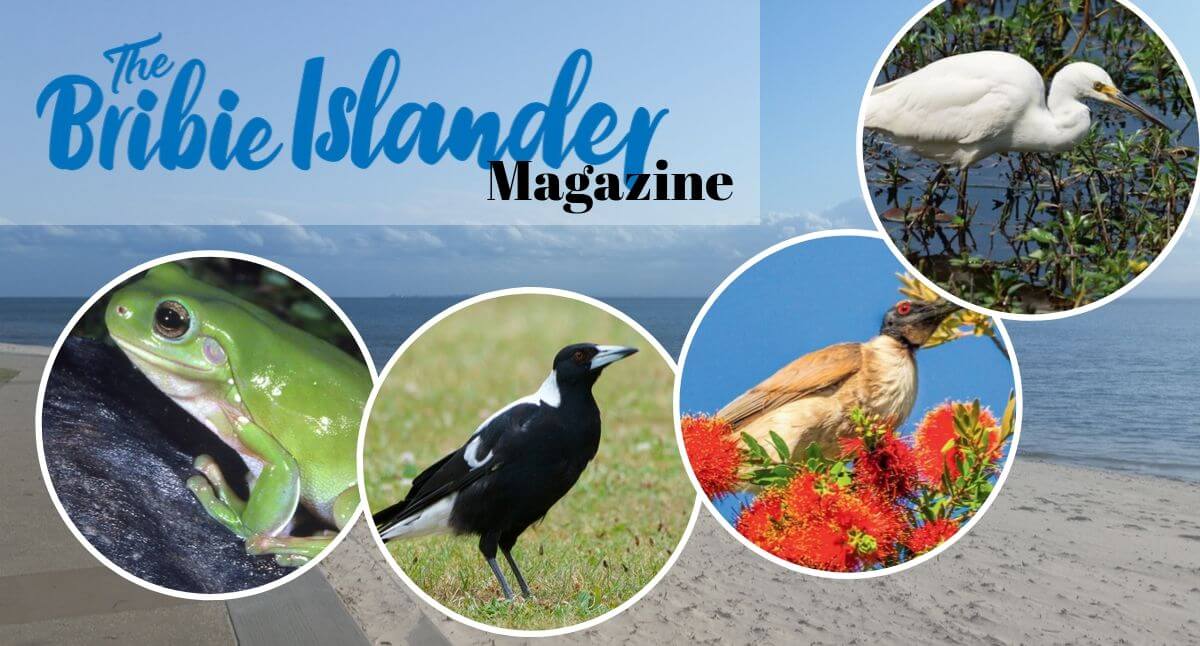Tags: Black-fronted Dotterel. Wildlife. Birds. Native. Australian. Queensland. Moreton Bay. Bribie Island. Elseyornis melanops
I have seen Black-fronted Dotterels a few times on Bribie Island. When the water is low at Buckley’s Hole, I have seen them at the edge on the mud on the ocean side of the hole and once at the very north of Sylvan Beach walking on the sand.
They have been known to breed here but have not been recorded very often. When water levels drop, they are likely to turn up at the edge of any of our waterholes to feed along the edge. Black-fronted Dotterels belong to the plover family and are sometimes called Black-fronted Plovers.
They are usually in pairs or alone but sometimes when there is abundant food, they form into groups to feed along the edges of waterholes. Being just 16-18 cm long and weighing only 26-39 g they are indeed small birds.

With red-ringed eyes in a black face mask, red bills with a black tip, deep black Y shaped breast band, chestnut on the shoulder, brown wings, pinkish legs and white below they are not hard to identify. They maintain their colouring throughout the year and do not change into breeding plumage.
Males and females are of similar appearance. Flight distances are mainly short and rather slow. When in flight wings appear broad and tails look short. Black-fronted Dotterels are nearly always found along the edges of freshwater wetlands and swamps and manmade dams.
They are only sometimes seen near saltwater shorelines. Usually sedentary, Dotterels are dependent on water and become nomadic if their waterholes dry up and food becomes scarce. They are scattered throughout mainland Australia and Tasmania where conditions are suitable.
During the 1950s they self introduced into NZ where their population is still quite small. Food such as molluscs, crustaceans, aquatic insects and small creatures is mostly foraged for along the edges of muddy waterholes and in water no deeper than a few mm. While feeding in the mud they perform and interesting procedure with bodies held straight running quickly with bobbing heads, stopping, picking up their prey and running on again.

August to February in the right conditions is the favoured time to breed. Nests are just a small scrape on the ground usually in the open and very near water. Mostly they nest in solitary pairs with the female laying 2-3 speckled brownish eggs. Both parents incubate the eggs for 25-26 days and the babies when hatched spend less than a day in the nest before they leave to find shelter from predators in nearby vegetation.
During one good breeding season, the parents may produce two broods. The development of breeding sites may be affecting their numbers. Predators such as cats, dogs, raptors and reptiles are the main threats during the breeding season to chicks and parent birds. There are some losses due to flooding during heavy rains.
Throughout Australia Black-fronted Dotterels are common and widespread. At this time, they are considered secure in Australia.
